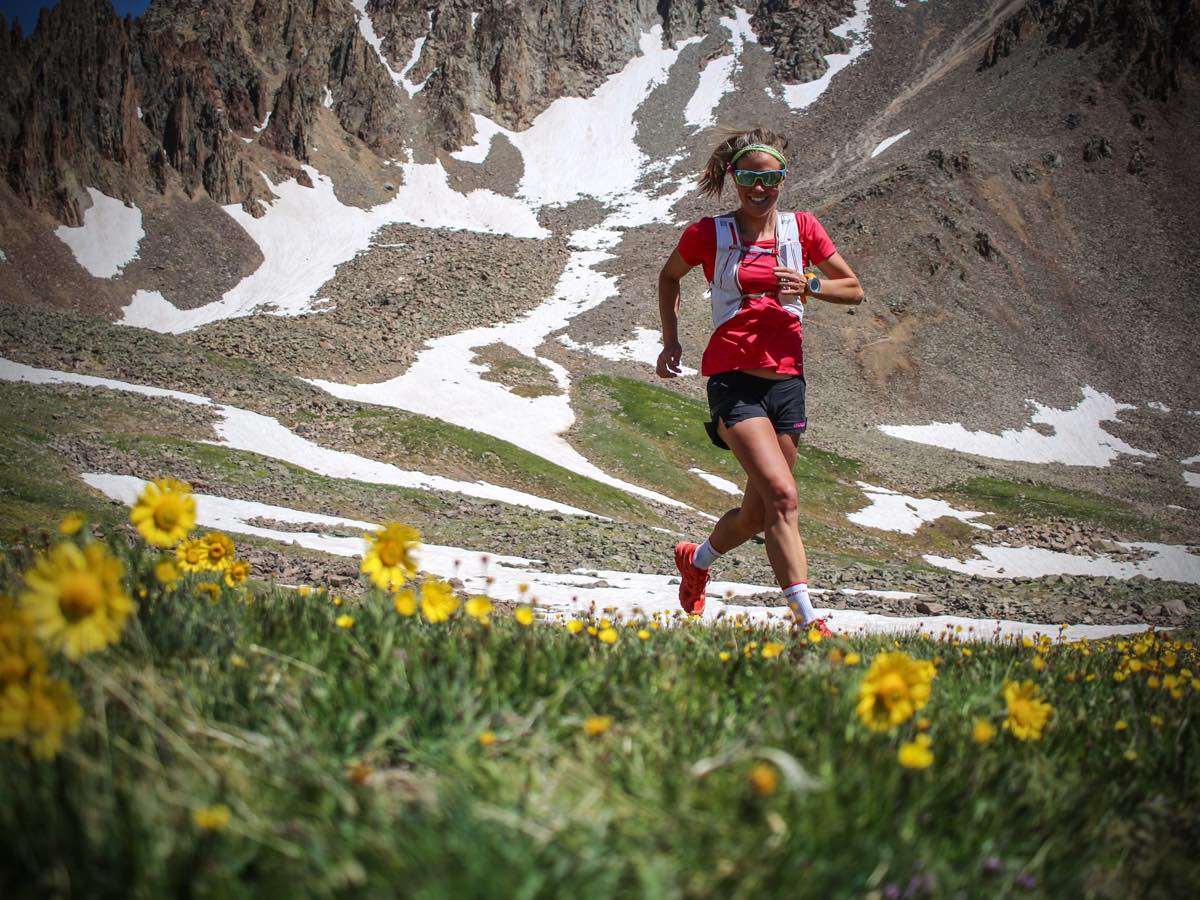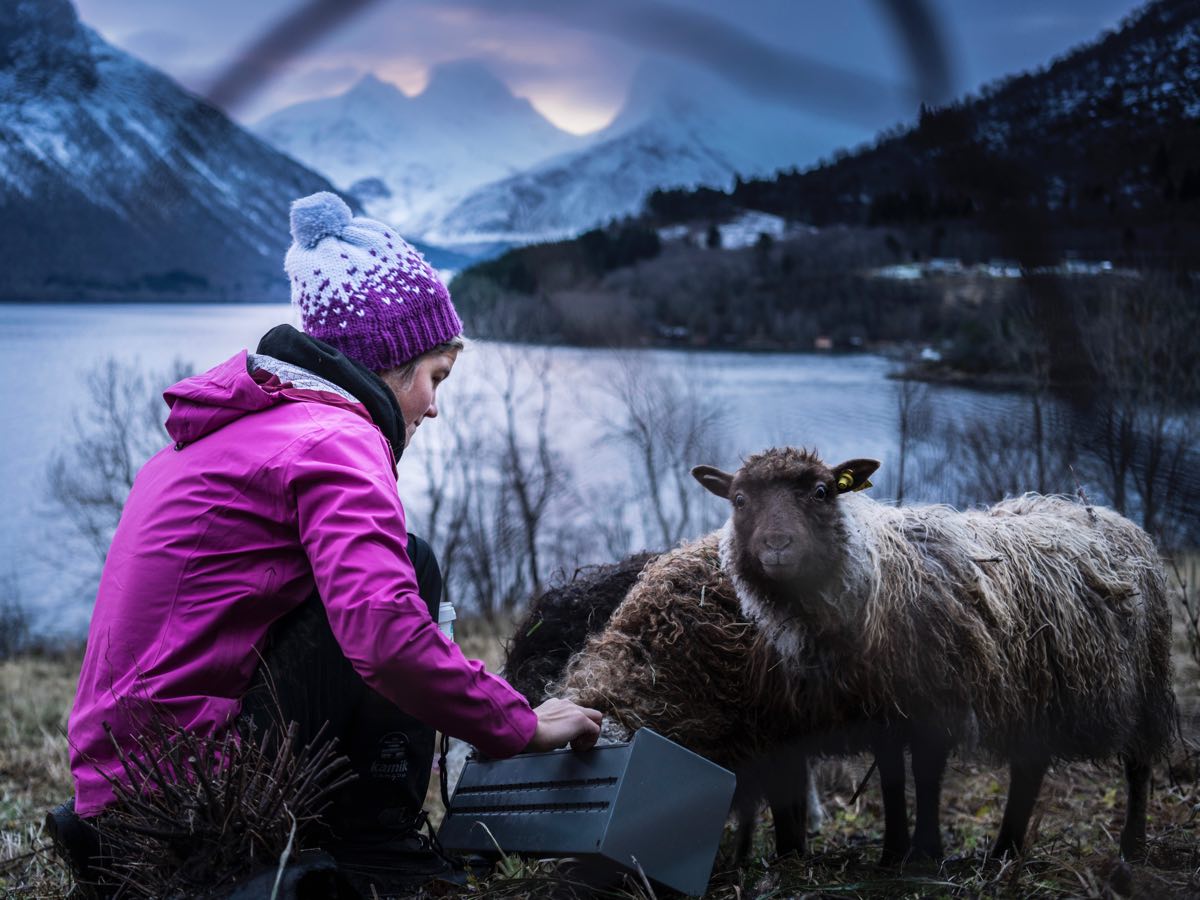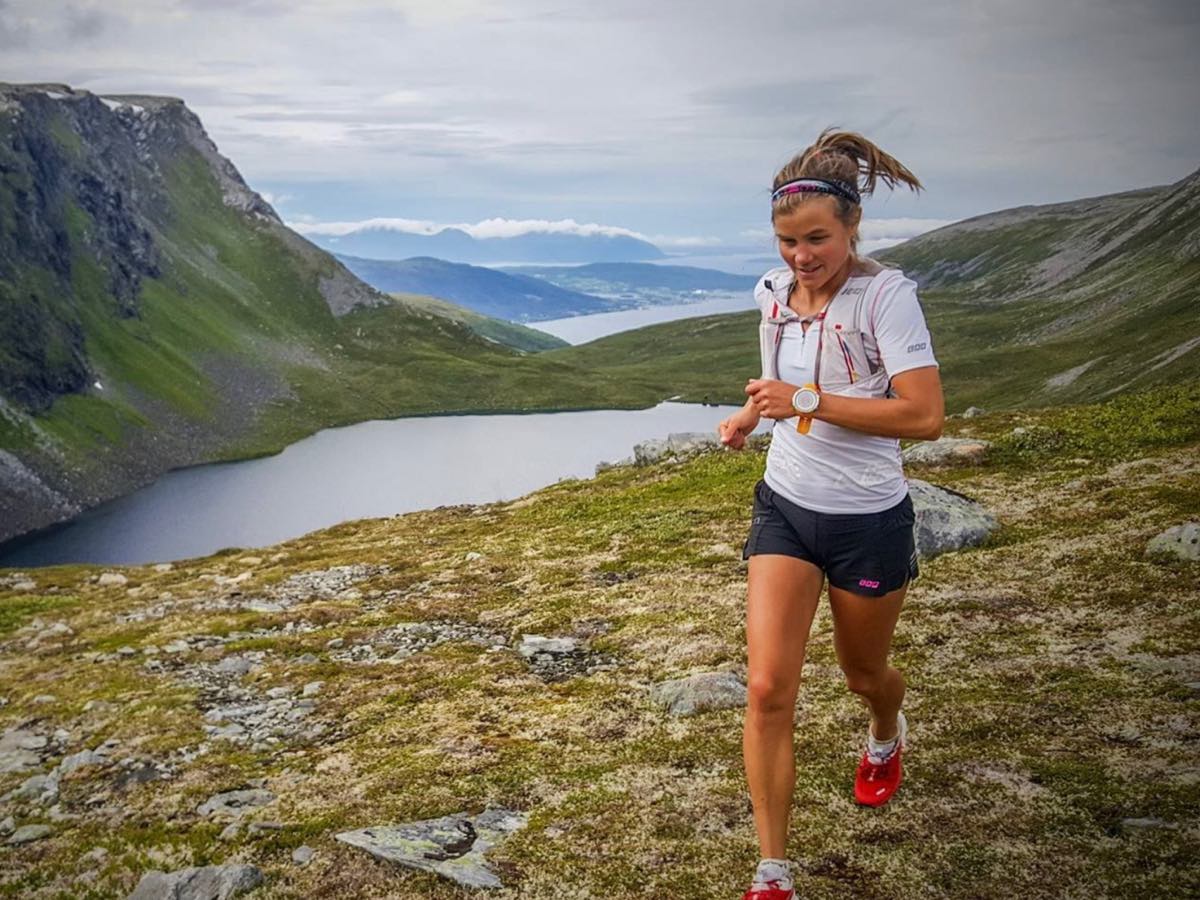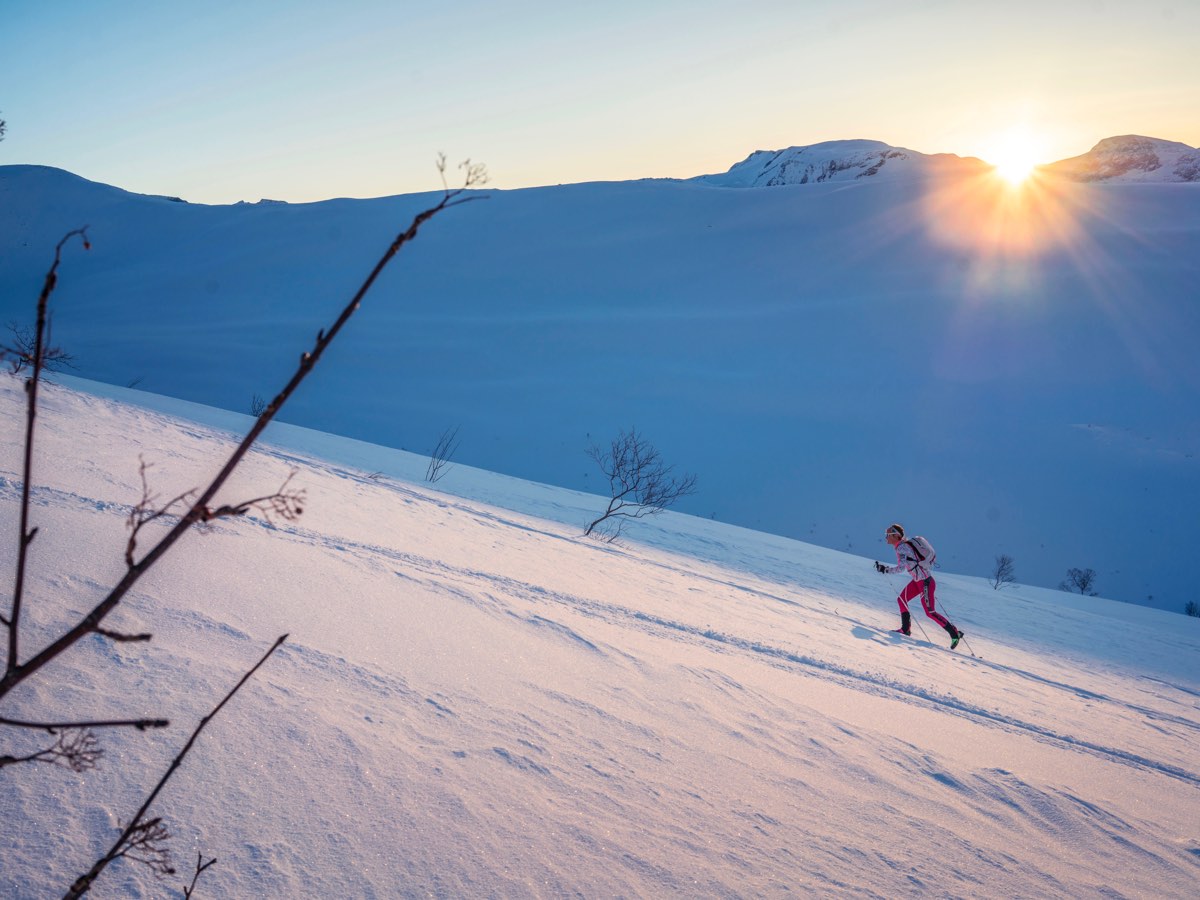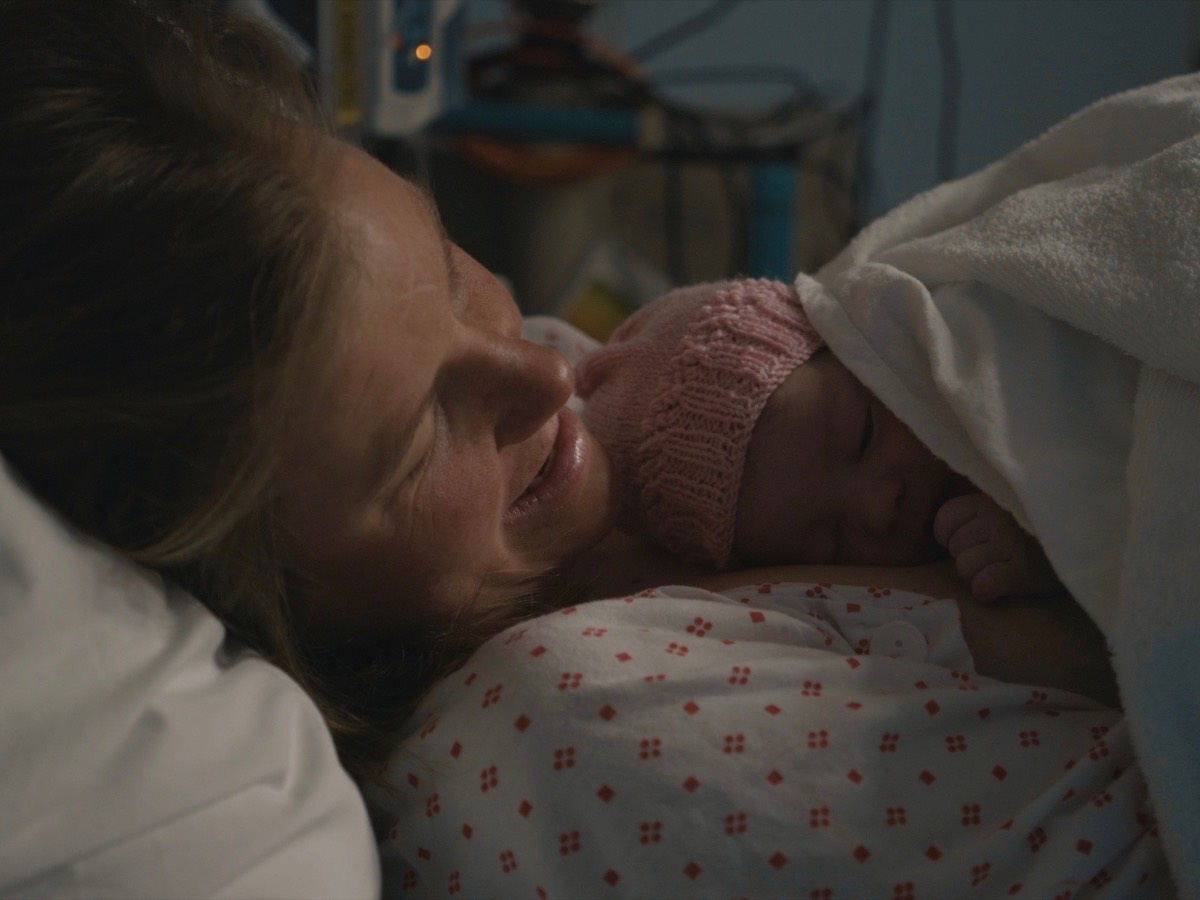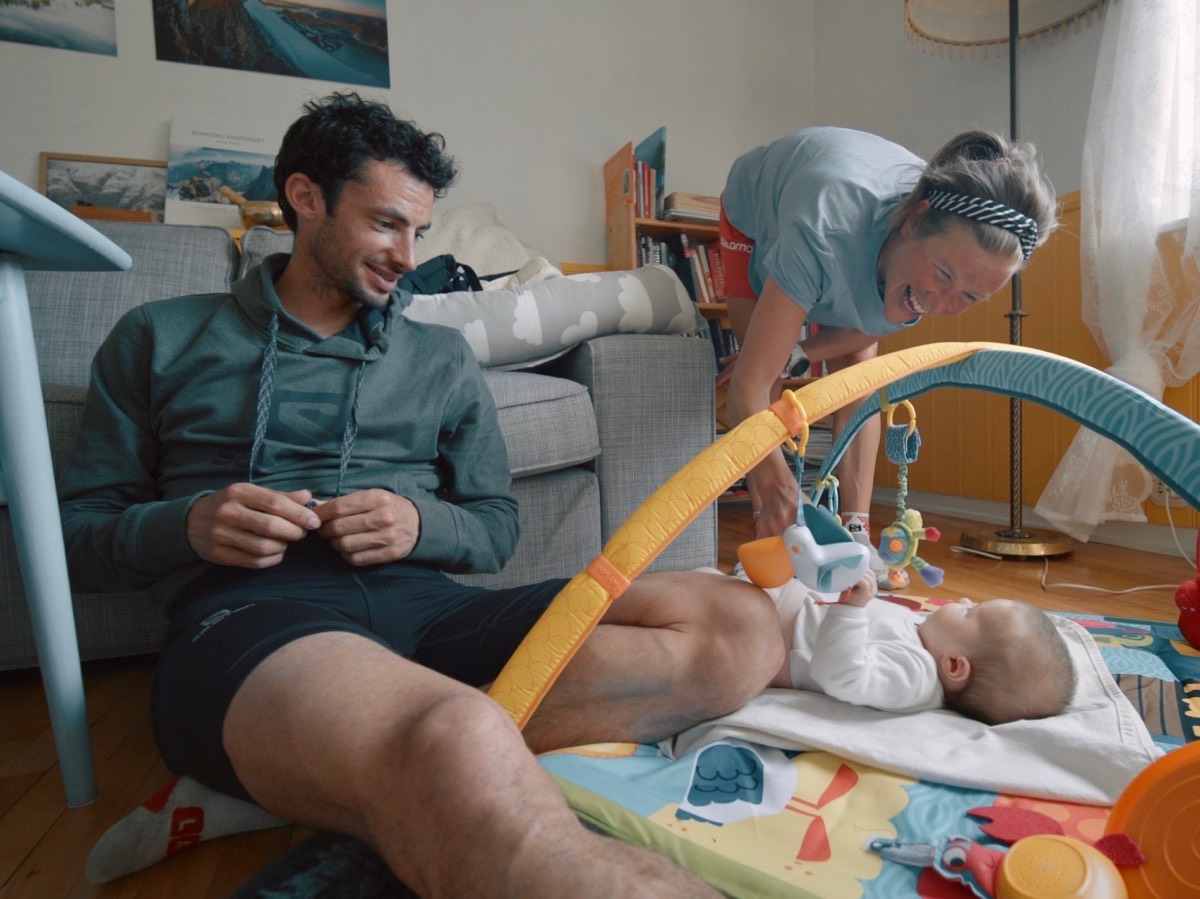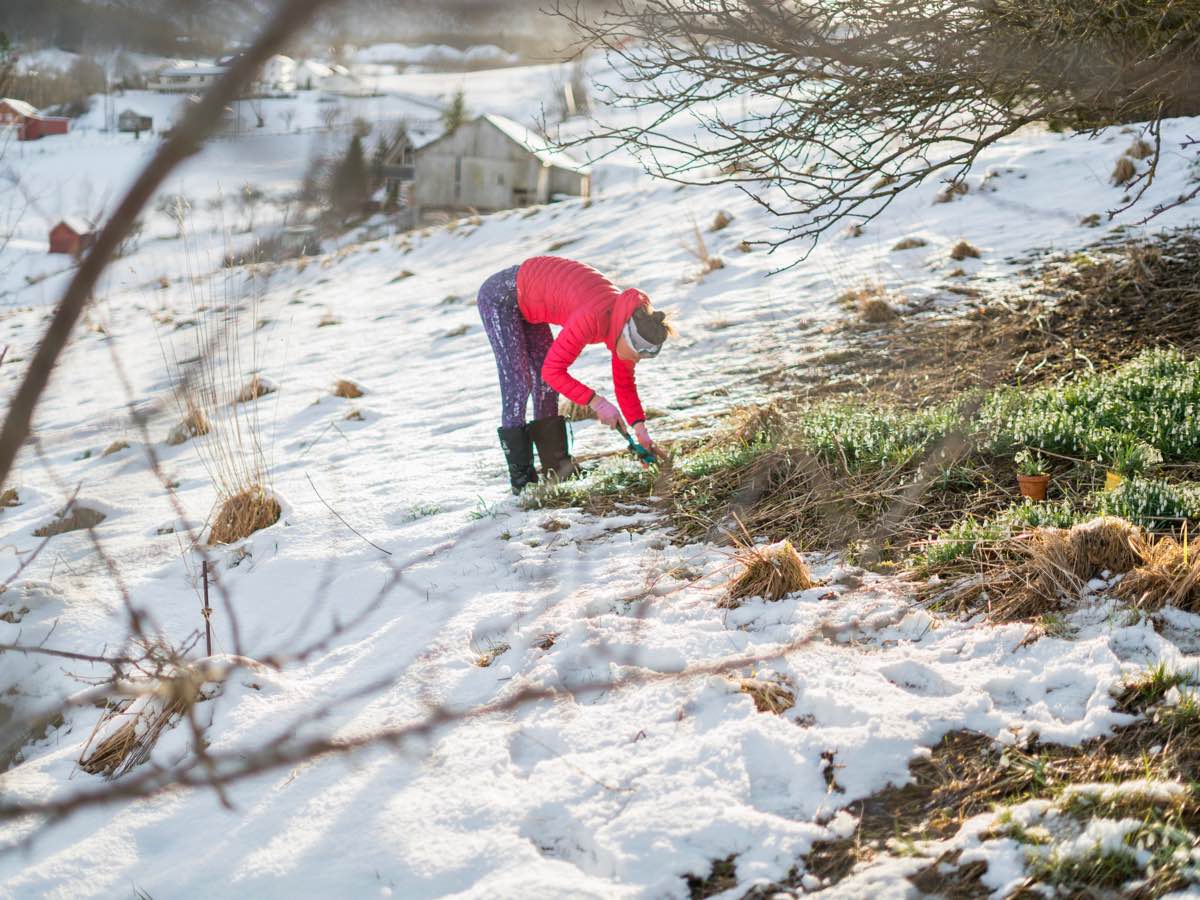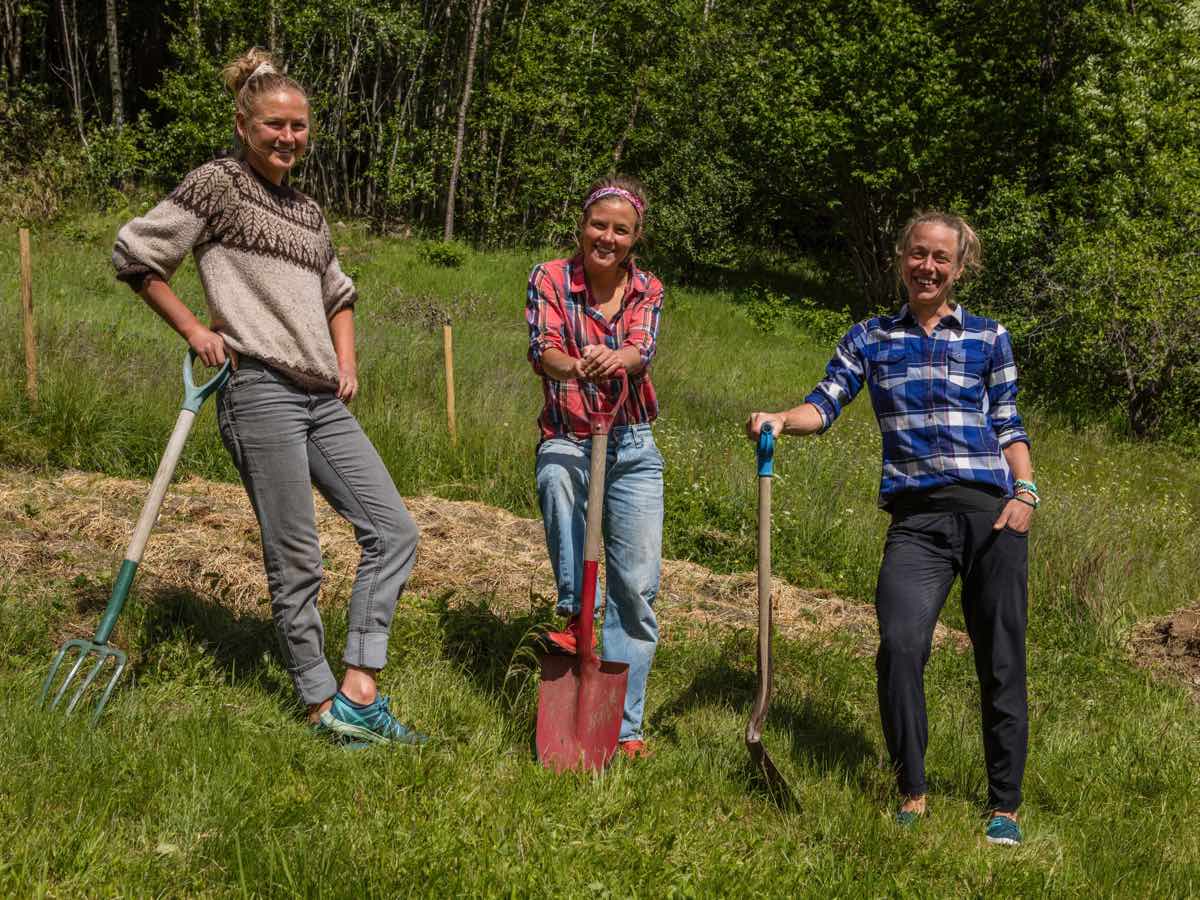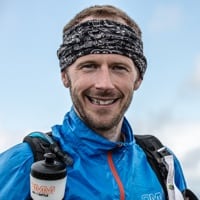Emelie Forsberg’s first serious trail race was 2009’s Fjällmaraton, a 27-mile mountain marathon in her native Sweden. Beforehand, she borrowed a backpack from a friend to wear and baked a mud cake as race fuel. All was going as well as a first long-distance trail race could be expected to go, until she felt really hungry. So she simply stopped on the side of the trail for several minutes and tucked into her cake.
“I offered it to the guys I was running with,” she recalls. “And they said, ‘No, no, we must go!’ But I stopped and ate the cake. And then I passed them on the last downhill [and won the race].”
This anecdote sums Emelie up very well. She has a joyously healthy relationship with food, especially the homemade and wholesome varieties. She clearly loves running and racing, and is rarely seen doing so without a smile on her face. And despite it somehow seeming like an afterthought, she wins. A lot.
Emelie, now 32, grew up in the small village of Noraström on Sweden’s High Coast. Her father died when she was a newborn and her mother brought up Emelie and her sister Tess while also working and studying. Tess is quite an athlete herself, a member of the 2013 Scotland women’s national rugby sevens team and a 2017 European Weightlifting Champion, among her other sport accolades and interests.
As a child, says Emelie, “I spent a lot of time with my grandparents. I think therefore I have become the person that I am. Sometimes I can feel old, in a way that I’m quite relaxed and peaceful. I think I got that from them.”
“Like most kids in the ‘90s,” she says, she played outside a lot, enjoyed school, did a lot of sports, “and then you were a teenager. All quite normal, I would say.” Although she was more outdoorsy than most. She enjoyed orienteering, trekking, climbing, skiing, and foraging for mushrooms and berries–“that’s more from my grandparents, I would say.”
A gym teacher introduced her to climbing. “He saw I was outdoorsy and took me climbing for a week–and I was hooked. And then the mountains came because of the climbing. The running and skiing complemented the climbing and more and more I realized running and skiing were my big passions.”
At age 18, she moved to the Swedish mountains, waitressing in a mountain lodge and completing a baking course, climbing and running in the mountains with any spare hour she had. In 2005 she started studying to become a forester, but changed to biology. “The forestry was too much about profit, and not about the environment. It was, ‘How much can we get out of the forest?’” She didn’t have a clear career idea. “I have always done things I find meaningful, that I like. I want to be happy with it.”
That first race win in 2009, “didn’t feel big. It’s just, ‘Okay, this happened, this was great, I’m really happy.’ But then I don’t think too much more about it.” After some more domestic podiums and another win at Fjällmaraton in 2011, she became a member of Team Salomon Sweden. A year later she was promoted to their international team and this is when it all gets rather dizzying.
In 2012 alone, Emelie won the prestigious Dolomites Skyrace and Pikes Peak Marathon, had podium finishes at the iconic Zegama-Aizkorri Marathon and Trofeo Kima, and proved she wasn’t just a mountain runner but also an ace at ultramarathons with a win at The North Face Endurance Challenge 50 Mile Championships and second place at Grand Trail des Templiers.
Then, between 2013 and 2015, she won every race in the Skyrunner World Series Ultra division–except one. That was the 2014 Trofeo Kima, where she took a wrong turn, lost one hour, and then worked her way back up the field to place second. This ‘run’ of things meant that, for three summers, she traveled the international circuit while popping out top performances in places like Italy, Spain, the USA, France, Norway, and the Canary Islands. Plus there were a whole bunch of fastest-known-time efforts in there, too, including on Mont Blanc, the Matterhorn, Monte Rosa, Kungsleden, and elsewhere. And there were more ultramarathons, too, in that time period, including her first and only 100 miler to date, the 2013 Diagonale des Fous, where she took second.
“It feels like a long time ago,” she laughs, “but you remember every race.”
A little surprisingly, she cites 2015’s Mount Marathon Race as one of her two favorite races memories from that golden spell. “That was a really cool experience. I’m really happy with the way I trained for it; pretty specific, to get into a good shape. And Ultra Pirineu the same year. “I had good feelings and [both events had] good atmosphere, which makes it a bit special.”
How the heck does she manage to dominate at short and long stuff, switching week by week? “I think maybe I have some pretty fast muscle fibers. I can do ski mountaineering without training too much–I think I had that from the beginning. And then I trained a lot for the ultra distances. But my weak point is four to five hours of racing, when you need a pretty high pace for that long. I’m better at one to two hours and longer, but not the middle distance.”
All this hasn’t happened by chance, though. “Around 2014, I started to get interested in how I could get better, to take it more as a profession, in the science of training–but still try to keep the happiness and the playful mind. In skimo I adapted a little better actually.”
Then there’s her life parter, of course. In 2011, in Tromsø, Norway, where she studied and a few hours from where she now lives, she met a Catalan runner and ski mountaineer called Kilian Jornet. “I was cheering for the [International Ski Mountaineering Federation] World Cup. We were just friends.” They met again at a Salomon trail running camp and things progressed.
Do they influence each other with their training ideas? “I’m better at resting than him! He doesn’t need to rest maybe. But I think sometimes he realizes it’s not bad to rest. You can be inspired by his training, but many people have made the mistake of getting too inspired, because not many can train like him. He is one of a kind. I try to focus on my own training.”
The other big part of the story, which Emelie has referenced, is that since 2012, Emelie has also excelled at ski mountaineering in the winter. By 2013 she had won the Norwegian Ski Mountaineering National Championships and numerous bigger podiums followed. She sees her greatest skimo achievement as winning 2015’s Trofeo Mezzalama with teammates Axelle Mollaret and Jennifer Feichter–one week, incidentally, before switching to running shoes to win the 2015 Transvulcania Ultramarathon by 30 minutes.
Her wildly prolific, pan-mountain sport success continued with only a small pause in 2016 due an anterior cruciate ligament injury in an accident where a fellow skimo competitor ran over her skis from behind. But she soon regained fitness, form, and carried on winning. Until this year, where she’s taken a more dedicated break. In March she became a parent, to a daughter named Maj (pronounced ‘my’). “It’s an old Swedish name, how they spell the month of May, a very beautiful month. In some ways everything has changed and in some ways nothing has. It feels like she has been with us forever.”
She had always wanted kids. “I loved being pregnant,” says Emelie. “It was all wonderful.” She skied through pregnancy and even skied on the day she gave birth. “I was going super, super slow downhill. It was a great way to keep some fitness. I didn’t train hard at all, just moving around.”
And–excuse the lazy but irresistible male question–was giving birth anything like an ultramarathon? “I thought, if I can do something pretty hard for 31 hours such as Diagonale des Fous, maybe I can give birth. But the reward is much bigger than crossing a finish line. It’s an amazing experience. It’s a really cool experience and it’s a pity for men that they can’t be a part of it.”
Less than six months after giving birth and just a few weeks ago, Emelie was on the start line of the 61-mile 2019 CCC. “I didn’t feel any pressure [to get back to racing],” she laughs. “I’m pretty good at not feeling pressure, because I’m pretty clear with what I want. I haven’t felt any pressure from anyone. I love racing and I wanted to get back to it–to my profession. I want to do it for many years.”
She registered a DNF, but she doesn’t seem bothered. “I felt okay all the way until my legs didn’t feel okay anymore. Then I realized I wouldn’t [be able to finish in] 12 to 13 hours. That was the longest I wanted to be away from Maj. She didn’t miss me, but I missed her!”
Does she feel differently about running and racing now? “Yes and no. I really love what I’m doing with running and racing and I have so many more races I would like to do. In one way I would be happy if I could just provide for her a house and food on the table. I would be happy doing anything I think, if I just have enough time for her. In a way it feels the same as before, because I have never really taken races too seriously. Of course, when I’m there I want to do my best, but I’ve always had this feeling of… ‘How can I live from racing? What is this?’ So it’s more or less the same I would say.”
Have her and Kilian discussed whether risk-taking in the mountains changes now that they’re parents? “Of course, neither of us want to take risks and we don’t think we are. But everything can happen in the mountains and we love being in them. It can be a risk being in a big city, cycling around or just walking on the streets. I don’t think we have changed too much, but maybe I have been doing some stupid mistakes 10 years ago. I feel that I have much more experience and the same for Kilian. But we cannot change the way we want to be in the mountains.”
So far, training as parents, “works really good. Sometimes we train together, but sometimes we plan the day well. Maybe I wake at 5 a.m. and train or five hours, then Kilian goes for his run, and then we do short afternoon training.”
Forsberg claims that she has only fallen twice while running (once, again, when someone crashed into her, and the other time on a road) and has only suffered one significant injury, the aforementioned ACL. She attributes this to “my love for pastries!”
Memorably, on social media she once said: “Love your hips, breasts, butt, and belly. The fat keeps you warm. And healthy. I believe everything is good for you in small amount and as natural as possible.”
She realizes she has become something of a spokesperson for healthy eating in mountain sports. “If I was 10 kilograms lighter, maybe I could perform better in some races–I say some races because some I don’t think I need to be lighter. But also maybe I can train more because my body is recovering better? So I can become strong in that way. But it’s always a balance and everyone is different. I’m very careful not to get injured because I love running and skiing so much, so I don’t want to take any risks. I love eating and I feel happy and healthy in my body and that’s the most important thing.”
She’s not the only female Swedish Salomon runner with a passion for food. Emelie has teamed up with Mimmi Kotka and Ida Nilsson to form Moonvalley, a health-focused sports-nutrition company. “It’s been quite a journey, looking for factories… it’s a lot of work behind [the scenes]. It’s really cool that we started to sell products and we are working on some more. It’s fantastic to be able to do something like that, bars and sports products and chocolate and coffee–just because we love it.”
The trio has just announced a book they’ve written together, called Moonvalley Diaries, which will be released next month but is available for pre-order now. “It’s inspired by old farming and following the seasons. We talk a lot about nutrition and mindfulness and training through the seasons, seasonal berries, and herbs. It’s a really cool book. I’m super proud of it.”
And lastly, surely she does sometimes lose her sense of humor in a race? “I don’t think I’ve done that. Even at Diagonale des Fous, running for 31 hours, I could appreciate some kids running with me when I was feeling destroyed. I felt lucky that they wanted to run with me and [that I was] able to put one foot in front of the other. It’s a privilege. Everyone who can run and finish a race, we are privileged. When I start a race, I want to do well, to do my best. But I’m also really grateful to be there, to be able to run. That’s why I’m happy when I run, because I feel grateful. Of course it can be shitty–bad weather or bad feelings–but they are just small things on the big page.”
The new mom thinks next year will involve more planning and less travel. “It feels like a new chapter, but it’s still the same book. It’s just something has changed, something that’s interesting. I’m super excited to get back into good shape and racing again and to see how it works…”
And will she do skimo this winter? “Yes!”
Call for Comments (from Meghan)
- What are some of your strongest memories of Emelie Forsberg’s racing and adventuring career thus far?
- Have you raced or adventured with Emelie? Can you share a story, if so?
